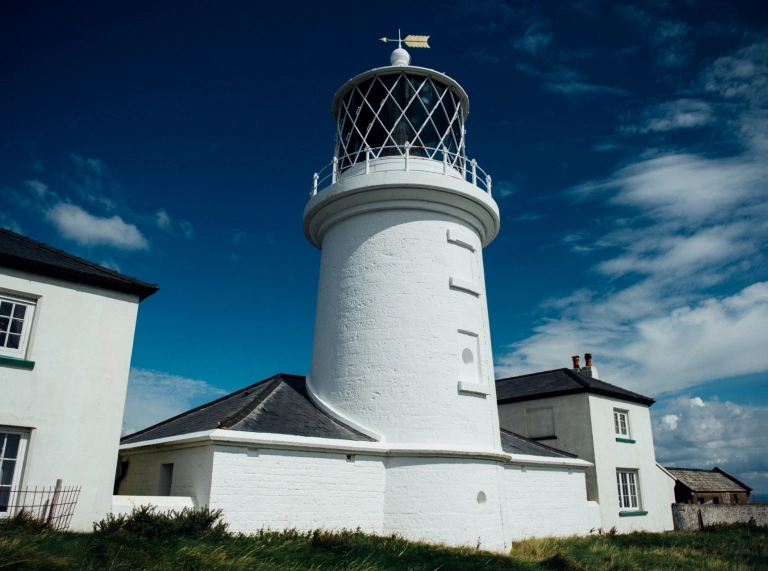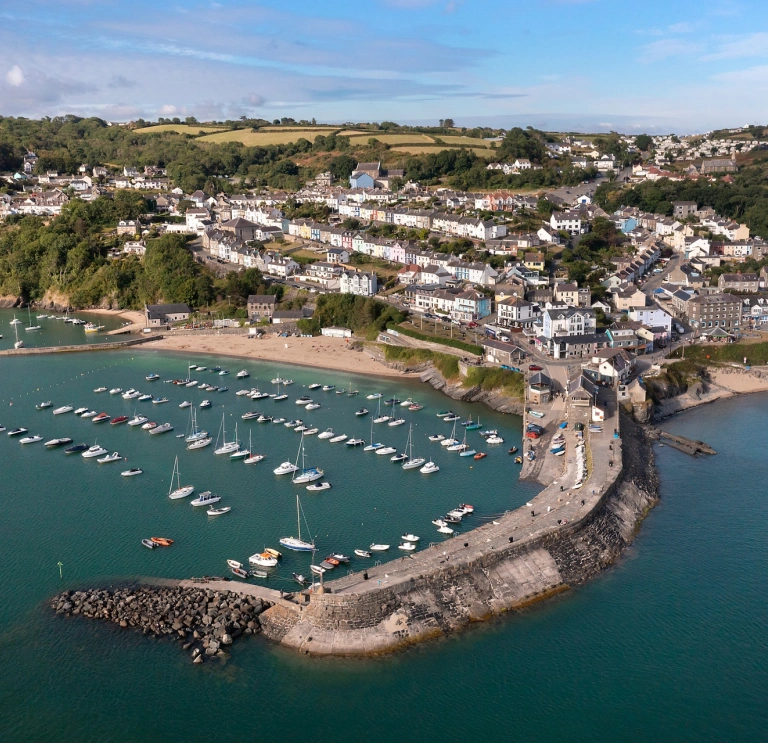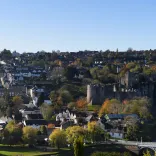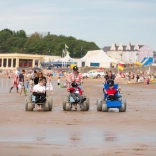Pont Menai (Menai Bridge), Biwmares (Beaumaris), Caergybi (Holyhead), North Wales
The gateway to the Ynys Môn (Isle of Anglesey) is the town of Pont Menai, named after the impressive Thomas Telford creation that transports you to the island. It’s a 174 metre suspension bridge that was the first of its kind in the world when it opened in 1826. The town is home to the Waitrose that the then Duke and Duchess of Cambridge famously used to frequent when they lived on Ynys Môn, though if you’re seeking culinary delights head to the Michelin-starred Sosban and the Old Butchers, and the more casual but still fabulous Dylan’s.
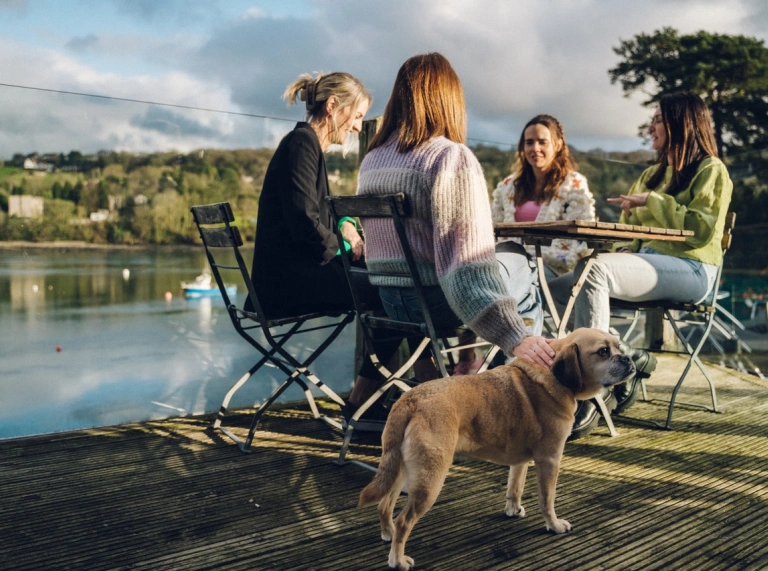
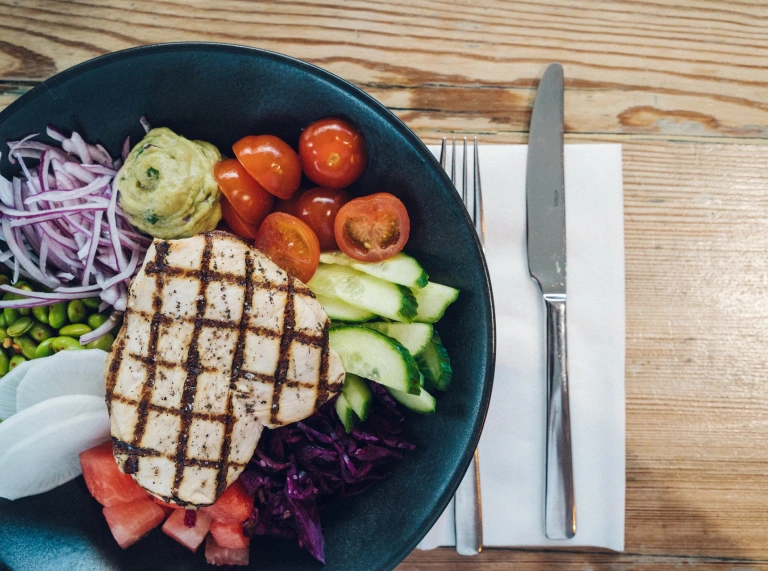
Arguably Ynys Môn's prettiest town - and one of its most bustling - is Biwmares, stunningly sited with waterfront views that give over to mountain views. The town boasts elegant Georgian buildings, a handsome and impressively-long pier, ‘the most technically perfect castle in Britain’ – a UNESCO World Heritage Site, no less – and an array of inviting eateries and watering holes.
Combining dining and drinking is The Bull, whose 400-year old bar is a cosy place to spend an hour or three under low-hanging beamed ceilings, warmed by log fires. For a refined culinary experience, head to The Grove, where modern Welsh flavours meet elegant surroundings.
Combining spectacular wildlife and super-scenic views is South Stack, home to an RSPB Nature Reserve and famous lighthouse of the same name; it was on the rocks below the lighthouse that Jerry Hall posed for the cover of Roxy Music’s Siren album, dressed as a mermaid! South Stack is just three miles west of Caergybi, which was once a bustling hub for onward travel from the UK to Ireland. You won’t want to take your eyes off that sea-view, so when hunger strikes dine at the Harbourfront Bistro, which has a prime waterfront position.
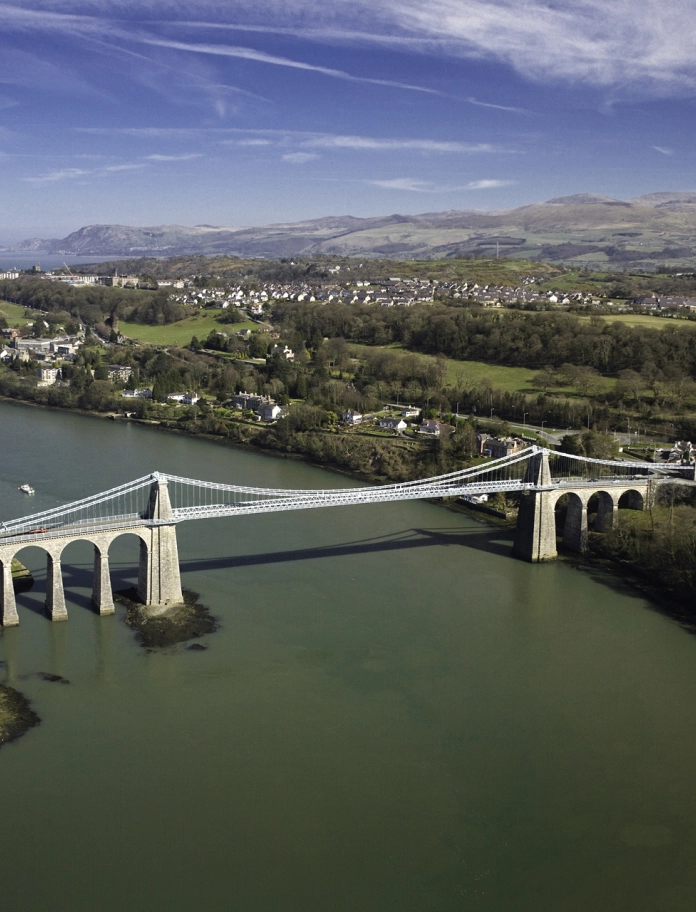
Abersoch and Aberdaron, North Wales
Speak to anyone who’s been to Pen Llŷn (the Llŷn Peninsula) and you may find they get misty-eyed, remembering one of the most atmospheric and, bizarrely, undiscovered corners of Wales. It’s got a rugged and wild edge to it that adventurous types will like; a raw beauty that appeals to artists and romantics, and great waves for those of a surf-loving persuasion.
Abersoch is a former fishing village that welcomes thousands of beach-bums and boat-owners to its beach every summer. Surfers and kayakers usually head slightly further south to Porth Neigwl (Hell's Mouth), which is much quieter than the busy Abersoch. It’s the ideal place to get waterborne if you’ve always wanted to try sailing.
Aberdaron lies further west on the very tip of Wales – indeed, it feels as though you’re right on the edge here! But if you venture a little further you’ll reach the intriguing Ynys Enlli (Bardsey Island), a fantastic destination for exploring history, bird-watching, and eating the world’s rarest apple!

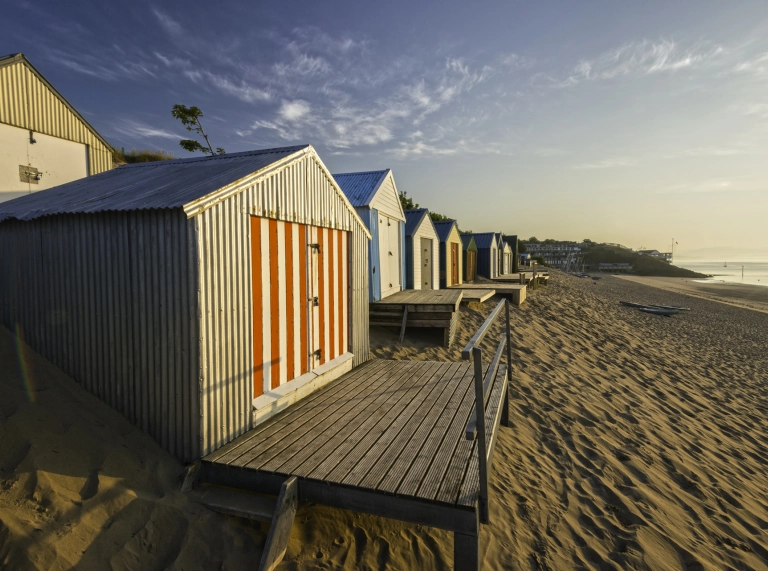
Aberteifi (Cardigan), Mid Wales
The town of Aberteifi (Cardigan) has a revitalised feel, with new businesses opening and thriving and an energetic hub in the form of Cardigan Castle, which won Channel 4’s ‘Restoration of the Year’. It has been transformed into a place where you can discover 900 years of history, enjoy art trails, hear music, see exhibitions and tuck into a tasty meal or afternoon tea at its restaurant, 1176.
Enjoy an evening of great food at Michelin Bib Gourmand award winning restaurant Yr Hen Printworks. The restaurant serves small plates and tapas, with a changing menu featuring fresh local ingredients.
A relatively new addition to Aberteifi's dining scene, but one that’s popular with locals and visitors is the Pizzatipi. Set up by the people behind Fforest (who operate a fantastic selection of quirky accommodation options in the area), the Tipi is run by four brothers and their band of merry friends, and serves delicious wood-fired beauties overlooking the River Teifi.
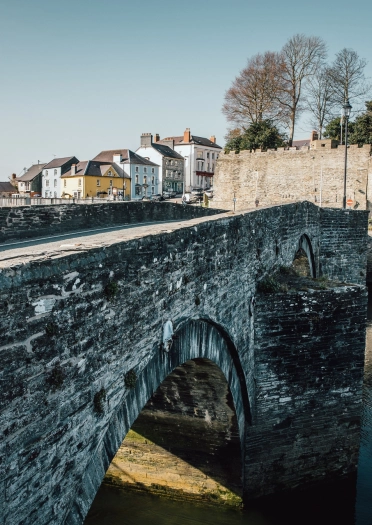
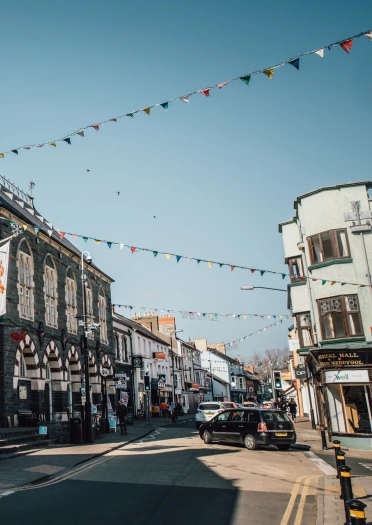
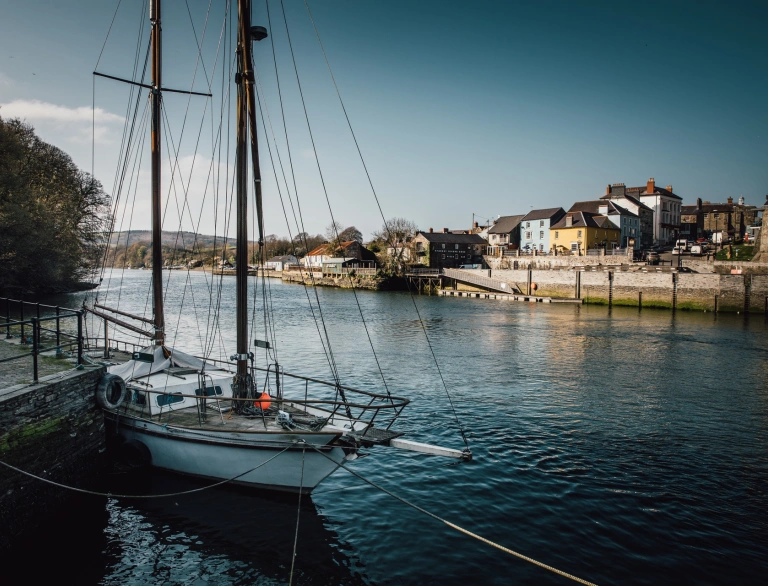
Cei Newydd (New Quay) and Aberaeron, Mid Wales
Just over seven miles apart from one another, Cei Newydd and Aberaeron are both fantastic places to visit and blessed with the over-the-water sunsets you mustn’t miss when in Mid Wales.
New Quay is thought by many to be the inspiration – or one of them – for ‘Llareggub’, the fictional town where Under Milk Wood’s action unravels. Dylan Thomas lived here for a time and the Dylan Thomas Trail is a great way to take in the town’s tumbling streets, Victorian terraces and coastal vistas. Ice-cream aficionado? Don’t miss Creme Pen Cei, whose technicolour array of flavours begs multiple visits, with tubs piled high with toppings and fresh fruit.
The seas surrounding this stretch of land are popular with porpoises and dolphins so don’t miss the Cardigan Bay Marine and Wildlife Centre just outside New Quay, which offers boat trips to see the creatures and learn about what makes them love it here.
Heading towards Aberaeron, your eyes are in for a treat – the brightly painted Georgian houses are crying out for a little Instagram action, particularly those at the harbour, where the colours reflect in the water amid the bobbing boats. The streets are filled with independent shops and cafés, with numerous excellent eating options including classic favourite The Harbourmaster and The Hive, a buzzing (!) bar, grill and ice-cream parlour with an excellent line in honey-flavoured ice-cream.
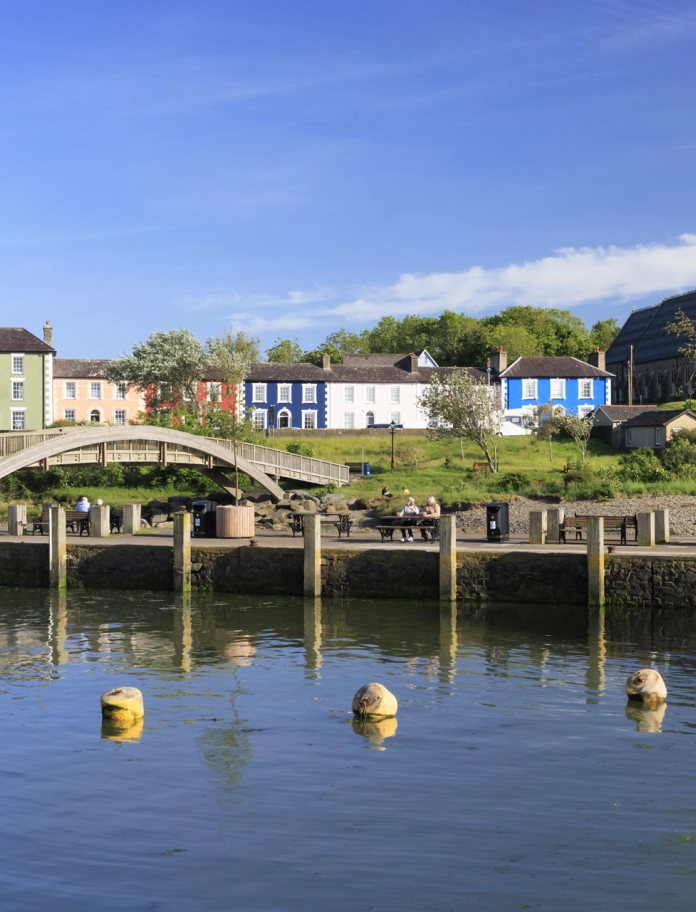
Mwmbwls (Mumbles), West Wales
Just a few miles from Abertawe (Swansea) is Mwmbwls, an ideal place to explore for a few hours or to make your home for a few days. The action centres around the Bae Abertawe (Swansea Bay) waterfront, fringed with a footpath that takes in sweeping panoramas of the distant city on one side and Lighthouse and clifftops on the other. You’re spoiled for choice for ice-cream, with Joe’s and Verdi’s superbly located for ambling along the waterfront with a sweet treat.
The promenade recently underwent a facelift in the form of new development Oyster Wharf, whose restaurants have fantastic views. Fancy something more informal? Pick up delicious fried whitebait or dressed crab from Gower Seafood Delicatessen.
For independent shopping, mosey up Newton Road where you’ll find boutiques, plus the excellent Olives & Oils and Cheers adjacent to one another; the former sells fantastic cheeses and the latter all manner of booze: ideal for a self-catering night in or seaside picnic!
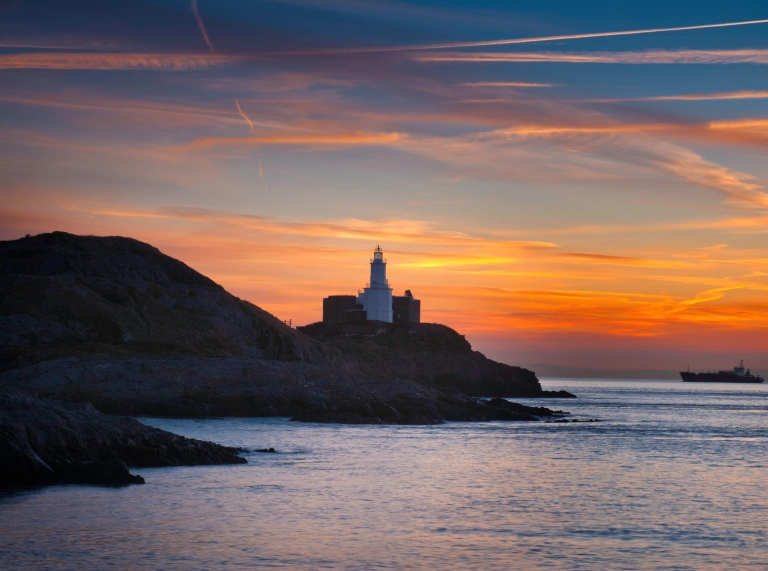
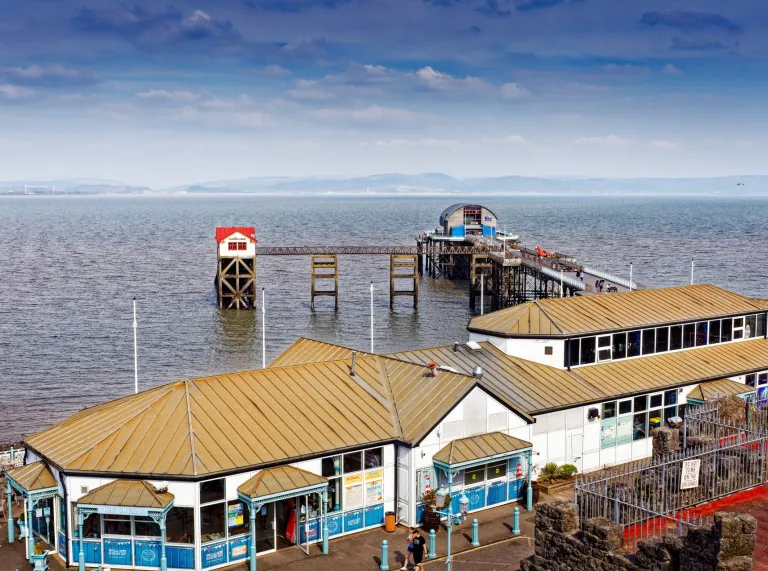
Talacharn, West Wales
Talacharn (Laugharne pronounced ‘Larn’) has become synonymous with the author Dylan Thomas, who dubbed it ‘the strangest town in Wales’. It might not seem like it but he was speaking with great fondness for the place. He lived in the town for the last four years of his life, writing Under Milk Wood from his quaint writing hut perched over the Taf Estuary, and he and his wife Caitlin lie buried in the churchyard of medieval St Martin’s Church. The Dylan Thomas Boathouse, where the family lived, is well worth a visit to investigate his life and works, and Laugharne Castle is a tranquil place for a wander; Thomas was inspired to write in its garden summerhouse.
In Dylan Thomas style, come evening-time stop for a bevvy or two at Brown’s Hotel, where the writer spent many an afternoon and which has been graced by Mick Jagger, President Carter, Elizabeth Taylor and Richard Burton. Following restoration, it reopened as a boutique hotel decorated in a 1950's style.
Visit the town during the Laugharne Weekend for a literary festival with a wonderfully casual vibe, where the authors hang out in the town’s pubs after talks and parties tend to go through the night…
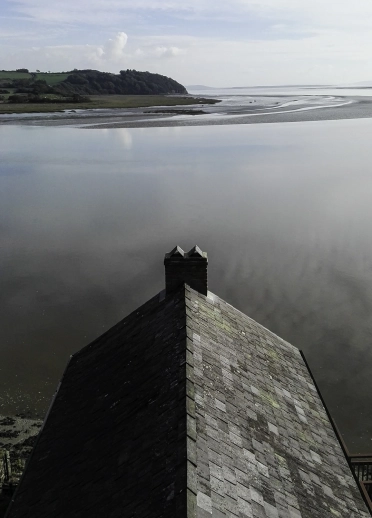

Dinbych-y-pysgod (Tenby), West Wales
Step into a postcard in Dinbych-y-pysgod (Tenby), the Pembrokeshire town perched on a headland surrounded by award-winning sandy beaches, and where the streets are lined with pretty pastel-coloured houses. The Normans left their mark on Tenby; the medieval castle walls built to fortify the town from Welsh rebellion still stand intact today. In terms of attractions, there’s Wales’s oldest independent museum, the fabulous Tenby Museum and Art Gallery plus National Trust property the Tudor Merchant’s House. One of the chief pleasures here is less formalised: get lost in the maze of cobbled streets and discover ice-cream parlours, cafés, and artist studios.
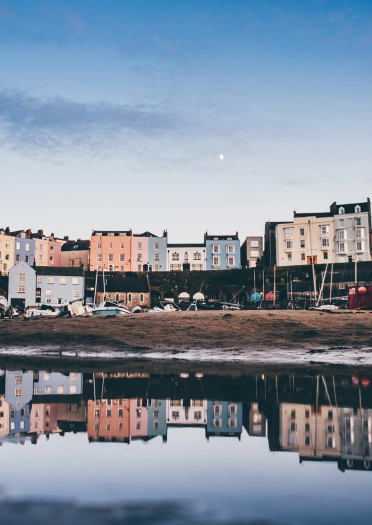

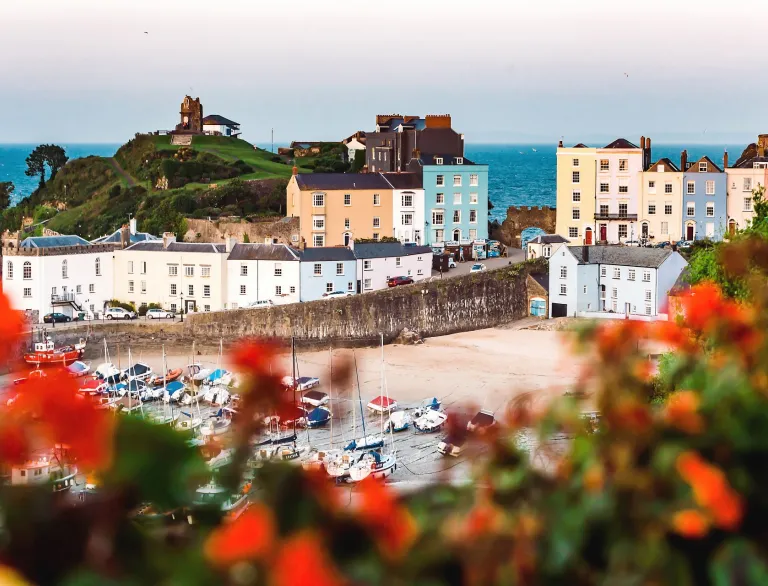
If you’re a brew-fan, make sure to visit the state-of-the-art Tenby Harbour Brewery, housed in a converted 18th century warehouse, which offers the ‘hops & hwyl’ experience, involving a tour and, of course, tastings. Find these and more local beers at pubs like The Hope & Anchor and Harbwr Brewery Tap & Kitchen.
For an atmospheric lunch stop, coffee break or ice-cream, don’t miss The Stowaway, which is tucked into an arch overlooking the harbour at the charmingly-named address ‘2 Penniless Cove’. The crab sandwiches here satisfy a savoury craving, while the hot chocolates are ideal on a blustery day.
Plantagenet House offers a truly unique dining experience, where you can eat fresh fish and seafood in the oldest building in town. Vegetarian and vegan options plus a children’s menu is also available. There are Sunday lunches too. Dogs are allowed in the Quay Room, which is open for light bites, plus coffees, wines and real ales.
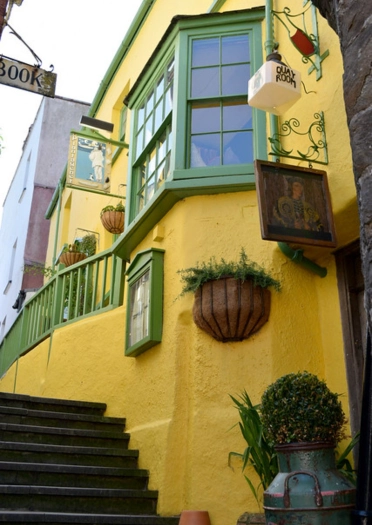
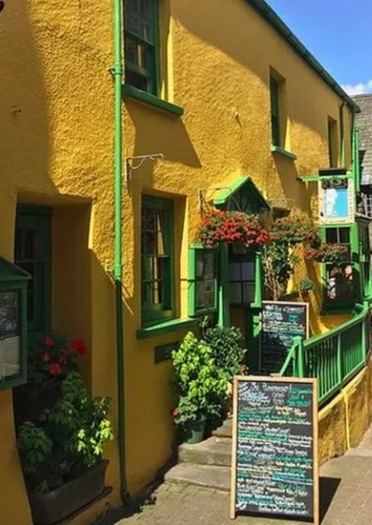

From Dinbych-y-pysgod, it’s an easy boat trip to Ynys Byr (Caldey Island) and its community of Cistercian monks, who make and sell luxurious soaps and perfumes using the island’s wild herbs. The island is great for nature lovers, as it’s often surrounded by seals and seabirds.
